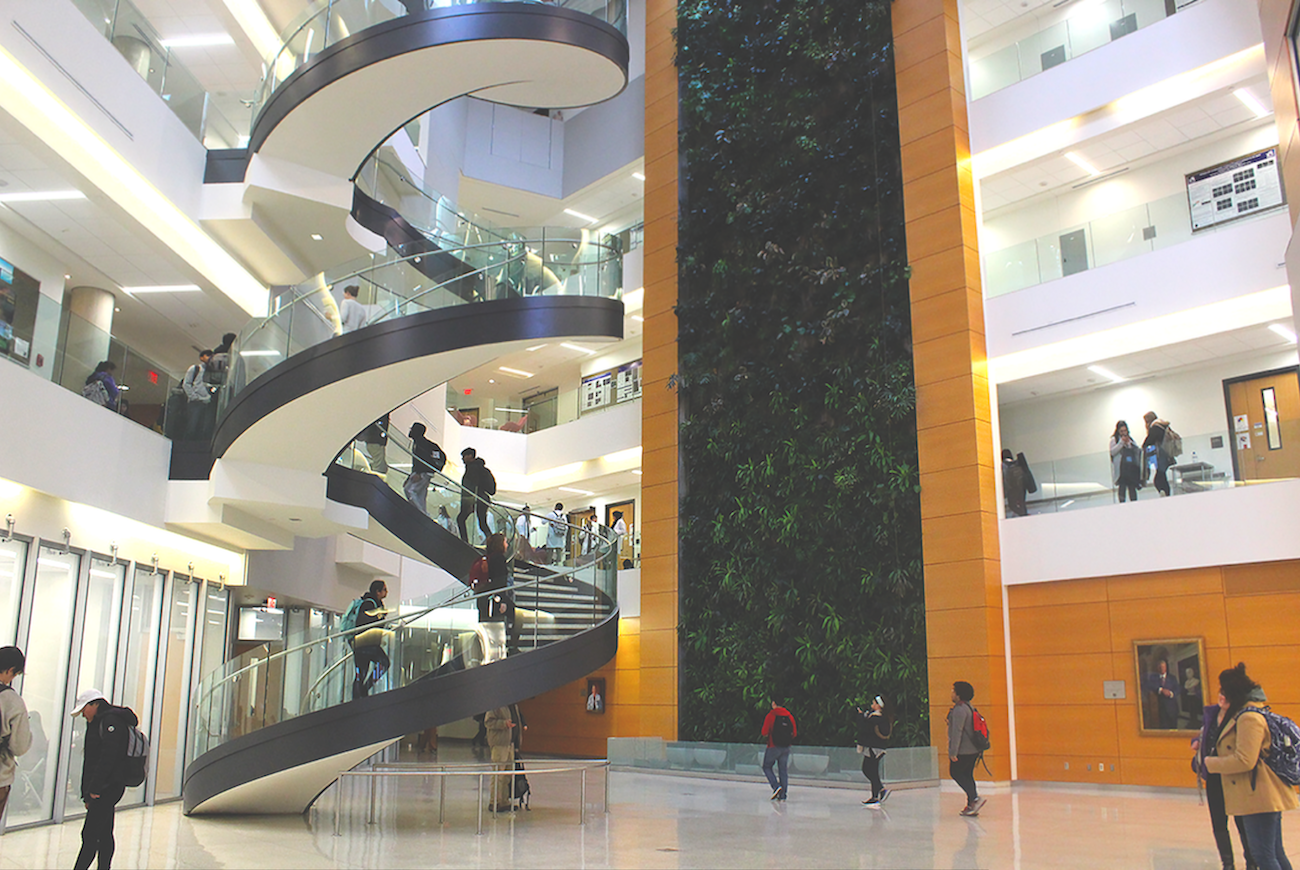
Have you ever wondered if there are two sides to the agricultural sector’s story? Or what the inherent trade-offs are with farming to feed a country like the U.S.? To address these questions, the BEES (Biodiversity, Earth, and Environmental Science) Department held a graduate research seminar on Toxiculture and Symbioculture on Jan. 16 in PISB. The seminar was meant to better educate students and faculty on how food is and should be sourced to symbiotically benefit us as well as the environment. Toxiculture, also known as agro-industrialism, describes our current relationship with agriculture and the environment and how it harms not only the ecosystems around agriculture, but ourselves as well. The speaker, Andrew F. Smith, Ph.D., started the presentation by explaining the difference between toxiculture and symbioculture.
Our current model of generating food focuses on monocultures, which are growing operations that consist of a single crop. This method makes it easy to tend to the crops, but it can be detrimental due to the pesticides that have to be used and the vulnerability of the entire harvest to pathogens. Smith stated during his presentation that “there are problems with the appeal to efficiency.” Symbioculture might be the solution to this global problem.
Our farmland has had its nutrients sucked dry by these crops for decades, and without the green revolution of industrial fertilizers, our planet would have likely succumbed to famine by now. Symbioculture would enhance our affinity with the land, as well as the living communities functioning in the proximate ecosystems. This would allow for more small-scale farming operations to support proximate communities rather than our current system of global exports and imports around the world.
A shift like this would mean that crop failures and geopolitical conflict would not have as big an overarching effect on the global population. While this sounds like a great idea, how do we overcome the system that’s already in place, especially if our farmland no longer has the nutrients to sustain crops naturally?
Smith wasn’t going to hold back the truth, saying that “infrastructures are going to be forced to change.” Our current system has created a positive feedback loop, leading to greater demand for food until we reach the Earth’s human carrying capacity. On the soil side of things, Smith stated, “Soil can be rebuilt. Nitrogen fixing cover crops and introducing livestock correctly into the system can restart the cycle of nutrients.” Crop rotation, leader-follower grazing systems, cover and intercropping and even just relying on contemporary sunlight are all ways to increase biodiversity within the soil and in the ecosystems around farmsteads. Diversifying the crops being grown on agricultural land is also an important way to ensure the security of harvests by making them less susceptible to pathogens and other pests that would decimate mono-cropping operations.
Now, how do we make farmers willing to put in the extra work to make sustainable farming operations? Surely they would prefer the efficiency and simplicity of our current system, right? Wrong. Smith actually confided that one of the most common things he had heard from farmers across the U.S. was “I didn’t want to have to do this.” Smith used that powerful line for a soapbox moment, saying “The desire is there. Give farmers the option to not have to buy these fertilizers and pesticides. If local farmers knew there was a market for people who want sustainably sourced food, they would find places that are already doing it and replicate the process themselves. The desire is out there.”
The big question is, what can we do? If this is important to us, where do we start? Smith was ready for that question by giving a very logical answer: “Start by looking into what localized eco-agriculture looks like.” There are people in other places carrying out the systems spoken about, and it works.

